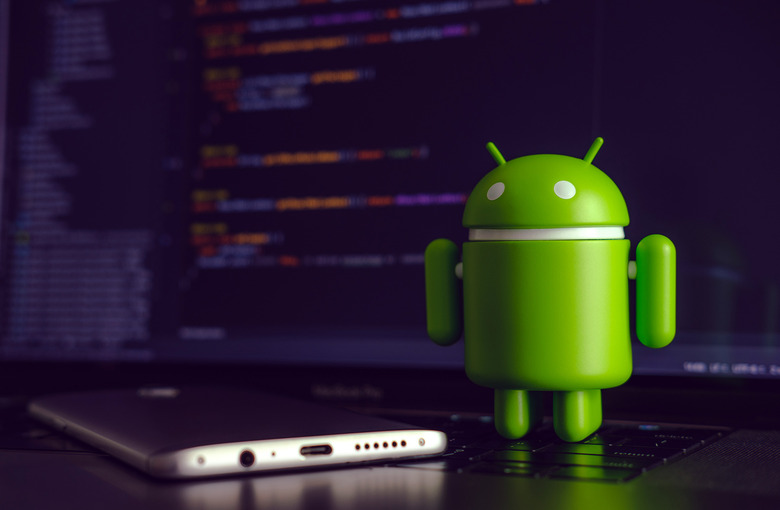How Android 11 Might Fix One Of The Worst Things About Android's Gesture Navigation
Google just dropped the first Android 11 Developer Preview build a few weeks earlier than anticipated, and people have already started digging through it for new features and clues of what the upcoming Pixel 5 will have to offer. Android 11 already revealed that the Pixel 5 might support reverse wireless charging, a feature that's already found on a few competing devices, as well as proof that the Motion Sense Soli radar isn't going away any time soon.
A brand new revelation, meanwhile, seems to have unearthed a new gesture that Google is working on which could actually be actually useful on any phone, not just the Pixel 5.
After nearly a decade of Android development, Google suddenly decided the bottom menu that everyone had become accustomed to was no longer good enough, and replaced it with gestures. Coincidentally, this only happened after Apple added gestures to the iPhone X to replace the home button. Also a coincidence was the fact that the gestures were very similar — not that Apple's idea was completely original in the first place.
Not all Android users were happy with the change. The worst part was giving up the back button, which was a crucial part of Android 10 navigation. There's a new back "button" instead — a gesture that replaces it, but you might not always get it right. However, this is just proof that Google didn't really need to change the previous navigation system, but it did it nonetheless. If you don't have Android 10 installed, you might not know what this back button problem really is, but once you do upgrade, you're likely to encounter it.
Going forward, however, Google may add a new type of gestures to the Pixel 5 and other Pixel devices: A double-tap on the back of the phone. The new gesture, found in Android 11 code by XDA Developers, is codenamed Columbus, and it could support all sorts of actions. Columbus can currently dismiss the timer, launch the camera app, launch Google Assistant, play and pause media, collapse the status bar, silence incoming calls, snooze alarms, unpin notifications, and perform "user-selected" actions.
The feature already works on older Pixel phones that can run Android 11 because it doesn't require any specialized hardware. Instead, Columbus uses the phone's gyroscope and accelerometer to interpret taps. That might make the feature prone to errors, but Google has figured out a way to prevent it from activating by mistake.
The double-tap gesture could be quite useful and might be more convenient than Active Edge, a Pixel feature that lets you squeeze on the frame to trigger an action. It could also complement it, depending on how you use Active Edge.
It's unclear whether you could assign more than one feature to Columbus, and whether it'll be contextually aware. For example, you might want to double-tap to play or pause media in an app, but lunch the camera from the lock screen and silence alarms when the phone is not in use. And maybe double-tap could be used to replace the back gesture. After all, it will support "user-selected" actions. And the back gesture is the worst part of Android 10.
What seems to be clear is that Google is looking to expand gesture-based navigation in Android. Motion Sense, the name of the Pixel 4's radar functionality, might be the building block of a future navigation system for Android or a different operating system that would mimic Minority Report. We're a long way from that happening on any device, especially the smartphone. Until then, Columbus, which needs no radar or fancy tech, might add a useful gesture to help you navigate your Android phone faster. However, the feature will be available first on Pixel phones, XDA notes, so you might have to wait a while to get it on other devices.
